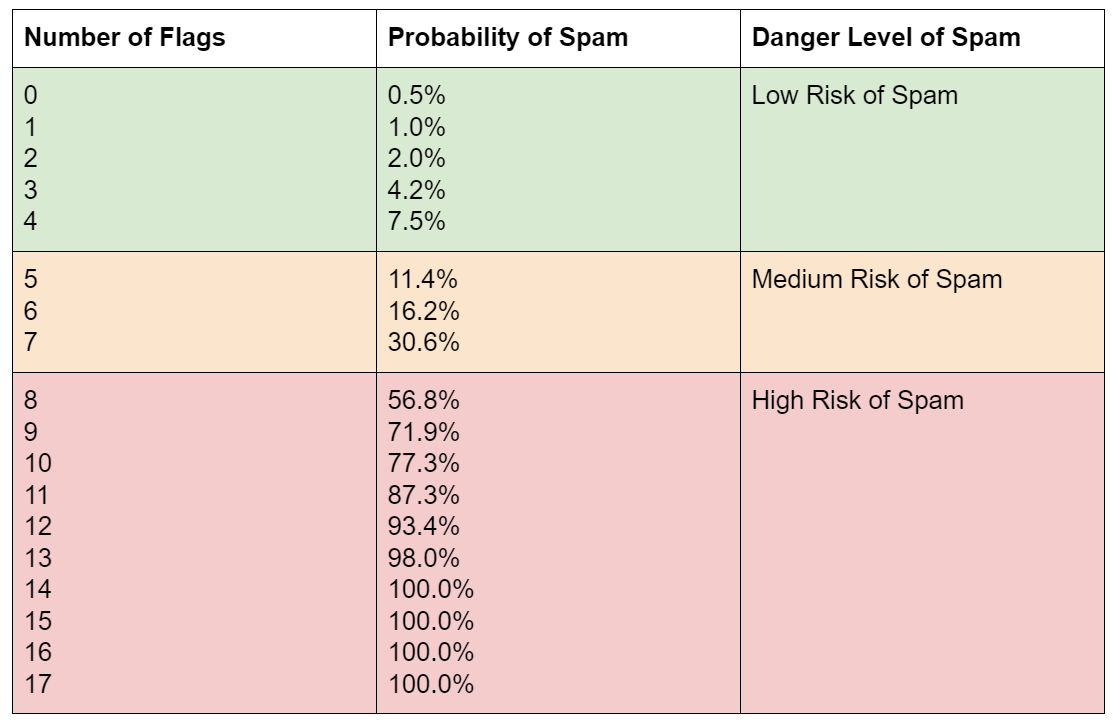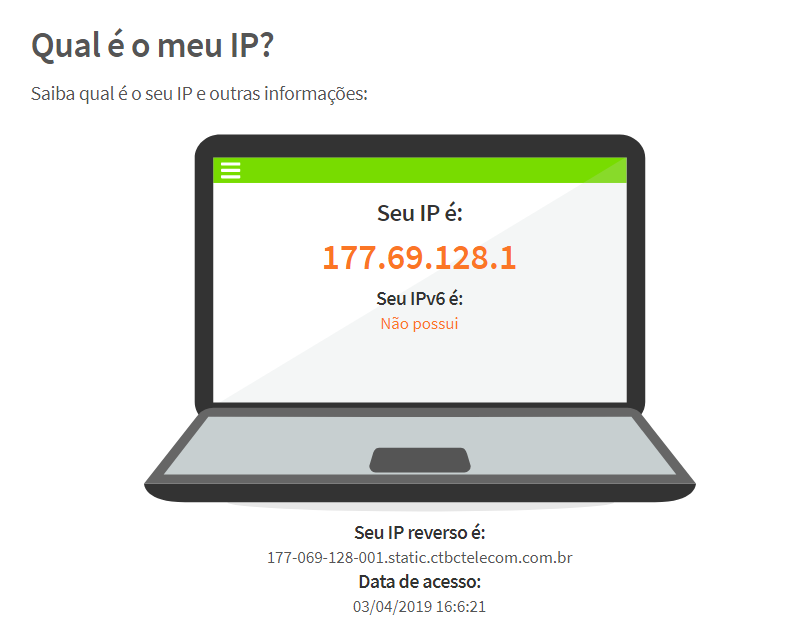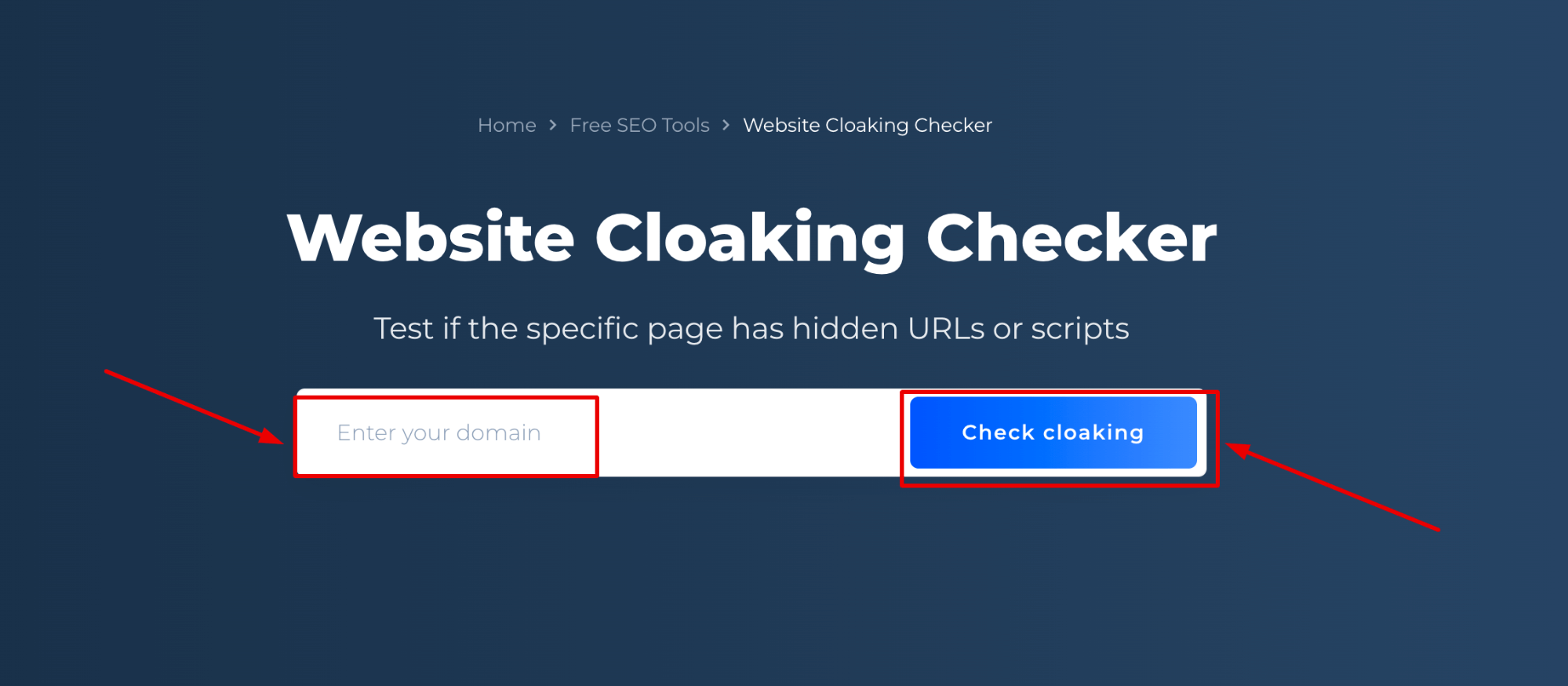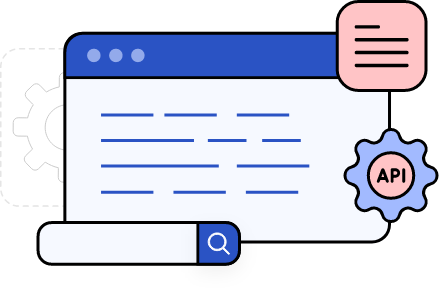Understanding your website’s spam score is crucial for maintaining a healthy SEO profile and avoiding Google penalties. A spam score quantifies the likelihood of being penalized due to spammy practices, such as low-quality backlinks or duplicate content. Analyzing factors like link quality, diversity, and domain features helps manage spam scores, ensuring website trustworthiness. Tools like Moz can help check spam scores, ideally keeping them below 5% for safety. Following best practices and avoiding manipulative tactics are essential for establishing long-term trust and stability in search engine rankings.
The analysis of spam score includes 27 key signals associated with penalized sites such as low page count, certain TLDs, and suspicious link behaviors. Understanding these signals can aid in identifying spammy sites and improving overall SEO efforts. Keeping spam scores low is vital for maintaining a good standing in search engine results.
Spam Score Checker: What Is Spam Score?
Have you ever wondered about your website’s health in the eyes of search engines? Spam Score is a metric developed by Moz to predict the likelihood that a website will be penalized by search engines. A high Spam Score indicates potential problems that could harm your site’s ability to rank well.
These issues can range from having a large number of spammy backlinks to thin content that adds little value to readers. By understanding and monitoring your site’s Spam Score, you can take proactive steps to maintain a clean and trustworthy online presence.
What Is Spam Score and How Does It Affect Your Website?
The concept of Spam Score is simple, yet its implications are significant. It’s a score given to websites based on the number of red flags that correlate with spammy behavior. Moz identifies these red flags by studying sites that have been penalized or banned by Google.
When your website has a high Spam Score, it may suffer from reduced search visibility, hence affecting your site’s traffic and conversion rates. Search engines, like Google, strive to provide the best user experience, and part of that is filtering out potentially malicious or low-quality sites from their search results.
What Factors Influence Spam Score?
- Presence of toxic backlinks.
- Low domain authority.
- Poor site structure and user navigation.
- Duplicate or thin content.
- Overuse of keywords (keyword stuffing).
Each of these factors can increase your website’s Spam Score. It’s essential to audit your site regularly to identify and address these issues.

How Do You Check Your Website’s Spam Score?
Checking your site’s Spam Score is straightforward with tools like Moz’s Link Explorer. You simply enter your website’s URL, and the tool will provide you with a score. An ideal Spam Score is typically below 5%, as higher scores may indicate issues that could harm your SEO ranking.
By routinely checking your Spam Score, you can spot problems early and take corrective action before there is a significant impact on your SEO efforts.
What Are the Best Practices to Reduce Spam Score?
Strategies to Maintain a Low Spam Score
Maintaining a low Spam Score is about adhering to SEO best practices and focusing on building a high-quality website:
- Regularly audit your backlinks and remove toxic ones.
- Create valuable and unique content for your users.
- Improve user engagement and site navigation.
- Ensure your site is mobile-friendly and loads quickly.
These practices not only reduce your Spam Score but also enhance the overall user experience of your website.
What Is a Good Spam Score for Your Website?
A good Spam Score is generally considered to be below 5%. However, it’s important to note that the lower the score, the better. A low Spam Score indicates that your website is free from the common indicators that are associated with spammy or penalized websites.

How Can a High Spam Score Impact Your SEO?
A high Spam Score can severely impact your SEO by lowering your site’s trustworthiness in the eyes of search engines. This can lead to a drop in rankings and, consequently, a decrease in organic traffic. It is vital to address high spam scores by analyzing backlinks and content to identify and resolve issues contributing to the score.
Remember, SEO is not just about visibility; it’s also about credibility. Ensuring a low Spam Score helps maintain both.
Common Mistakes That Increase Your Spam Score
Webmasters often inadvertently increase their Spam Score due to common SEO mistakes:
- Acquiring backlinks from dubious sources.
- Over-optimizing anchor text with exact match keywords.
- Using hidden text or links to deceive search engines.
- Publishing low-quality, scraped, or plagiarized content.
Avoid these mistakes to keep your Spam Score in check and your SEO strategy on the right track.
Understanding Spam Score Metrics for SEO
Moz’s Spam Score metrics provide valuable insight into the characteristics of your website that may be perceived as spammy. These metrics cover a range of factors from the quality of inbound links to the level of on-site advertisement. Understanding and improving these factors can greatly enhance your website’s SEO performance.

It’s all about monitoring the right metrics and making informed decisions to improve your site’s search engine standing.
Frequently Asked Questions About Spam Score
What Is a Good Spam Score for a Website?
A good Spam Score for a website is generally 1% to 4%, indicating a low probability of being penalized by search engines. While no score guarantees safety, staying within this range is a good practice.
Regularly monitoring and addressing factors contributing to your Spam Score will help maintain a reputable online presence.
How Do I Decrease My Website Spam Score?
Decreasing your website’s Spam Score involves:
- Conducting a thorough backlink audit and disavowing harmful links.
- Improving content quality across your website.
- Ensuring ethical SEO practices and avoiding black-hat techniques.
These actions will lower your Spam Score and bolster your website’s SEO profile.

What Is Considered a High Spam Score?
Spam Scores of 5% or higher are considered to be on the higher end of the scale. Such scores warrant an immediate review of your website’s health and the implementation of remedial measures to address any issues.
Ignoring a high Spam Score can have negative impacts on your website’s ranking and overall SEO efforts.
To illustrate the importance of monitoring Spam Score and implementing best practices, let’s take a look at a video that discusses this topic:
In conclusion, Spam Score is a vital component of your SEO strategy. By understanding what it is, how it affects your website, and how to maintain a low score, you’re taking significant steps towards ensuring your site’s success in search engine rankings. Always stay vigilant against factors that can increase your Spam Score and follow best practices to mitigate their effects.
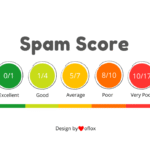 Spam score checker – check spam score of bulk websites
Spam score checker – check spam score of bulk websites






